Calathea Vs. Maranta – Are Calathea And Maranta The Same
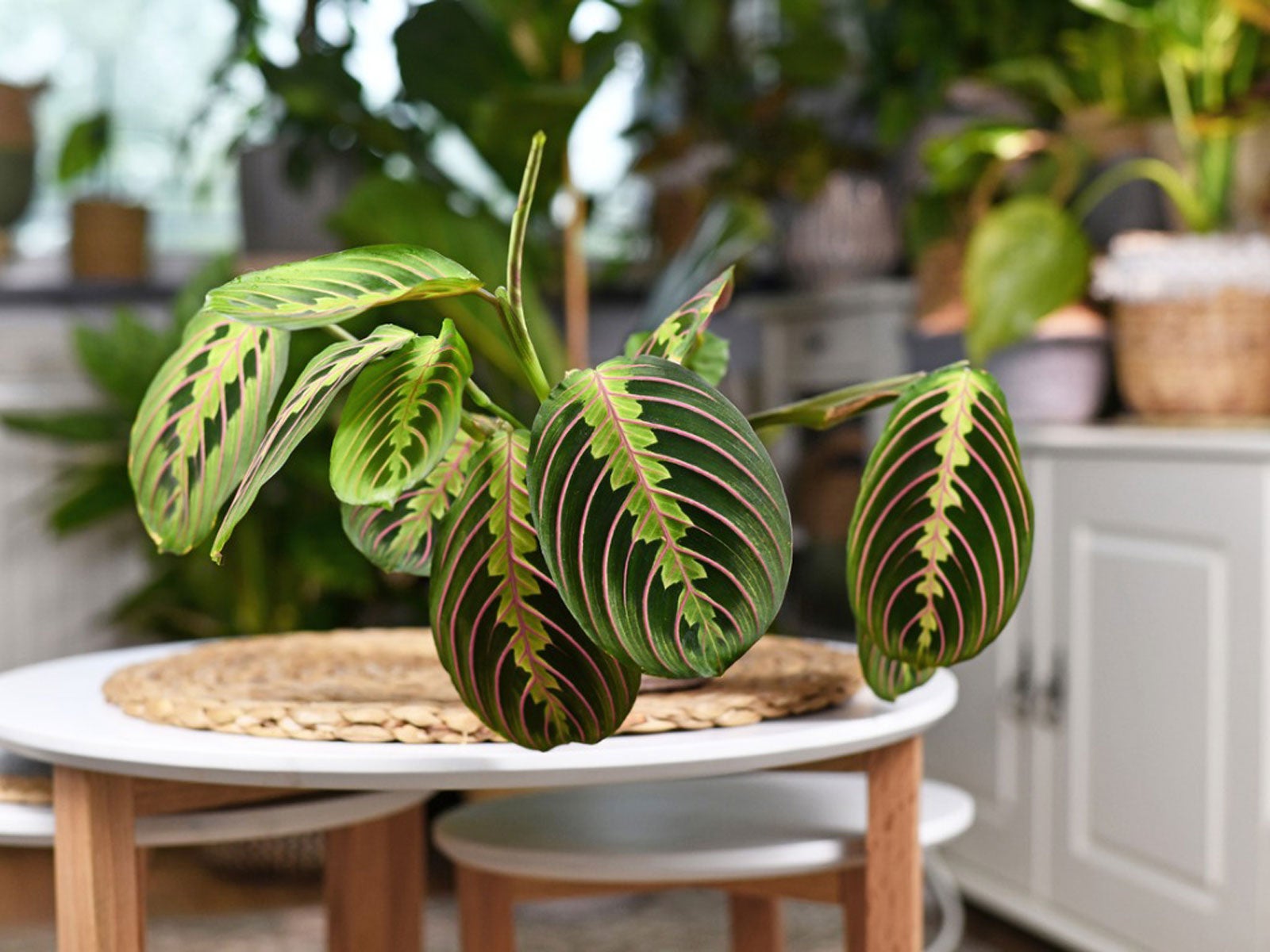

If flowers aren't your thing but you want some interest in your plant collection, try a Maranta or Calathea. They are wonderful foliage plants with foliar features like stripes, colors, vibrant ribs, or even pleated leaves. While they are closely related and even look alike, which often gets them confused with one another, the plants are in different genera.
Are Calathea and Maranta the Same?
There are many members of the Marantaceae family. Both Maranta and Calathea are each a separate genus within this family, and both are tropical understory plants.
There is some confusion about Calathea vs. Maranta. They are often lumped together, with both being called ‘prayer plant,’ which isn't true. Both plants belong to the arrowroot family, Marantaceae, but only the Maranta plants are true prayer plants. Outside of that, there are many other Calathea and Maranta differences too.
Calathea vs. Maranta Plants
Both of these genera stem from the same family and occur wild in similar locations, but visual cues provide the main difference between Calathea and Maranta.
Maranta species are low growing plants with distinct vein and rib markings on the foliage – like the red-veined prayer plant. Calathea leaves are also brightly adorned, almost looking as if patterns were painted on them, as seen with the rattlesnake plant, but they’re NOT the same as prayer plants.
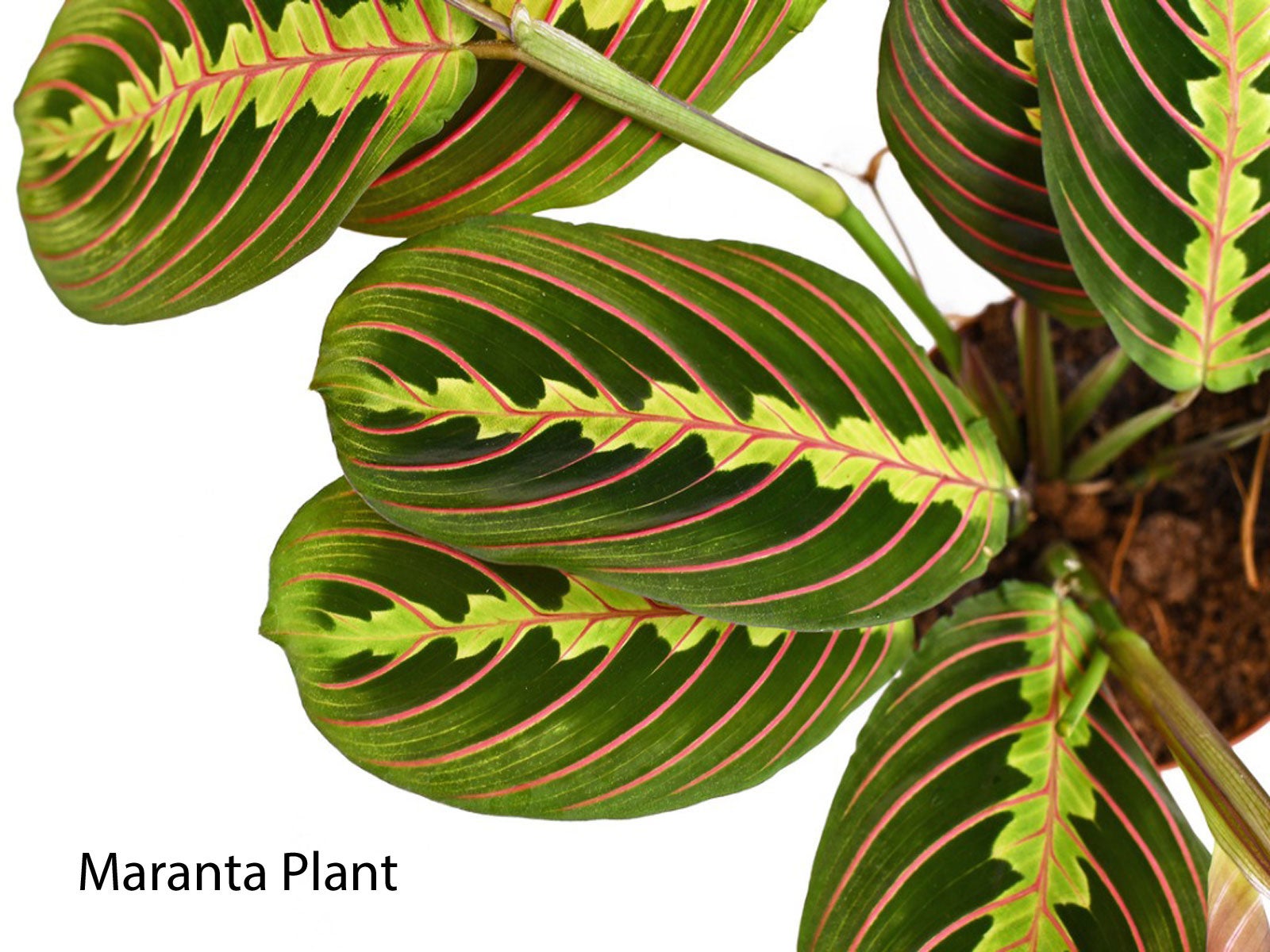
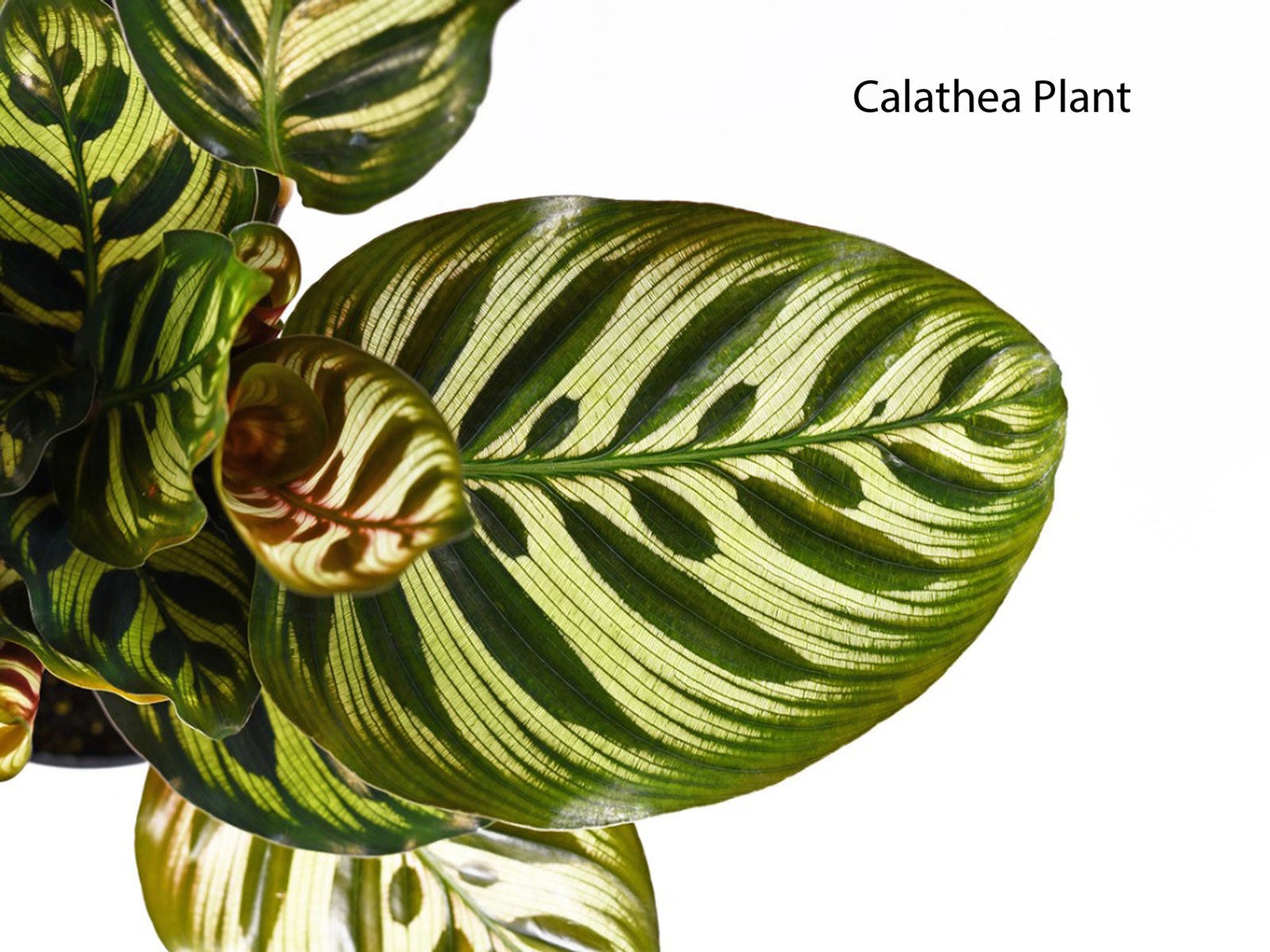
In Maranta plants, the leaves are primarily oval, while Calathea plants come in a wide range of leaf forms – rounded, oval, and even lance shaped, depending upon species.
Culturally, Maranta is more tolerant of cold than Calathea, which will suffer when temperatures fall below 60 degrees F. (16 C.). Both can be grown outdoors in USDA zones 9 to 11 but are considered houseplants in other regions.
Gardening tips, videos, info and more delivered right to your inbox!
Sign up for the Gardening Know How newsletter today and receive a free copy of our e-book "How to Grow Delicious Tomatoes".
Care for Calathea and Maranta
One of the other Calathea and Maranta differences is their growth habit. Most Maranta plants will perform wonderfully in a hanging pot, so the spreading stems can dangle appealingly. Calathea are shrubbier in their form and will stand upright in a container.
Both like low light and average moisture. Use distilled water, or fill your watering container the night before so it can off gas.
Both will also occasionally become prey to certain insect pests, which will succumb to alcohol wipes or horticultural oil sprays.
Both of these plant groups have a reputation as being a bit finicky, but once they are established and happy in a corner of the home, just leave them alone and they will reward you with plenty of pretty foliage.

Bonnie Grant is a professional landscaper with a Certification in Urban Gardening. She has been gardening and writing for 15 years. A former professional chef, she has a passion for edible landscaping.
-
 Terrifically Tubular Flowers For Hummingbirds: 9 Tube-Flowered Plants To Attract Hummers
Terrifically Tubular Flowers For Hummingbirds: 9 Tube-Flowered Plants To Attract HummersGrowing tubular flowers for hummingbirds helps you create the optimum feeding conditions for your winged friends. Here are nine tubed delights for hummers
By Tonya Barnett
-
 How To Grow Hydroponic Tomatoes For Fresh Indoor Harvests – No Soil Required
How To Grow Hydroponic Tomatoes For Fresh Indoor Harvests – No Soil RequiredLearning how to grow tomatoes in water is easy and allows you to harvest fresh-home-grown produce in every season without any mess.
By Ellen Wells
-
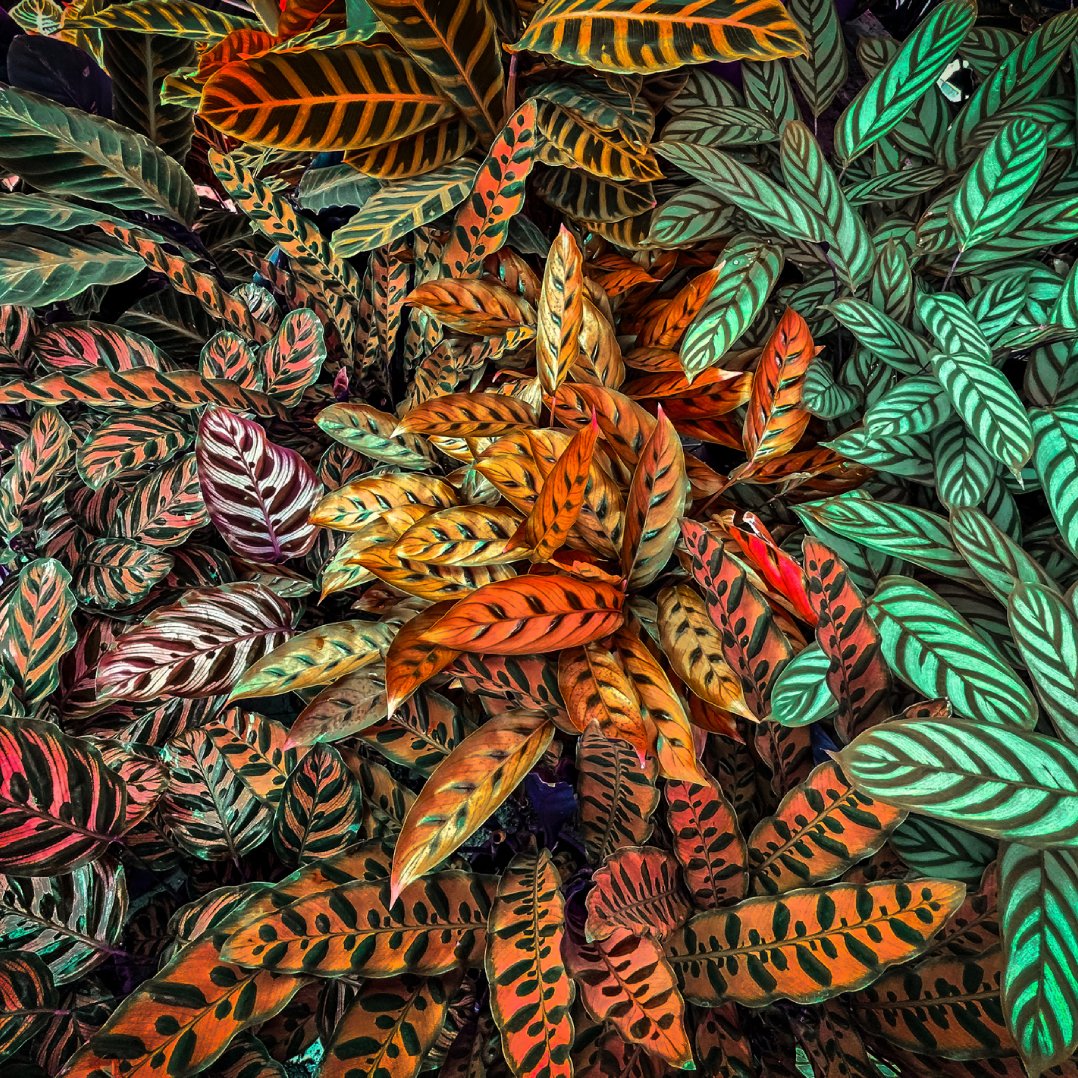 4 Beautiful Types Of Calathea To Try
4 Beautiful Types Of Calathea To TryMany Calathea varieties go beyond the average beauty of a houseplant. Humidity and indirect light make them happy, and they’ll dress up your home with dramatic multi-colored leaves with geometric patterns.
By Susan Albert
-
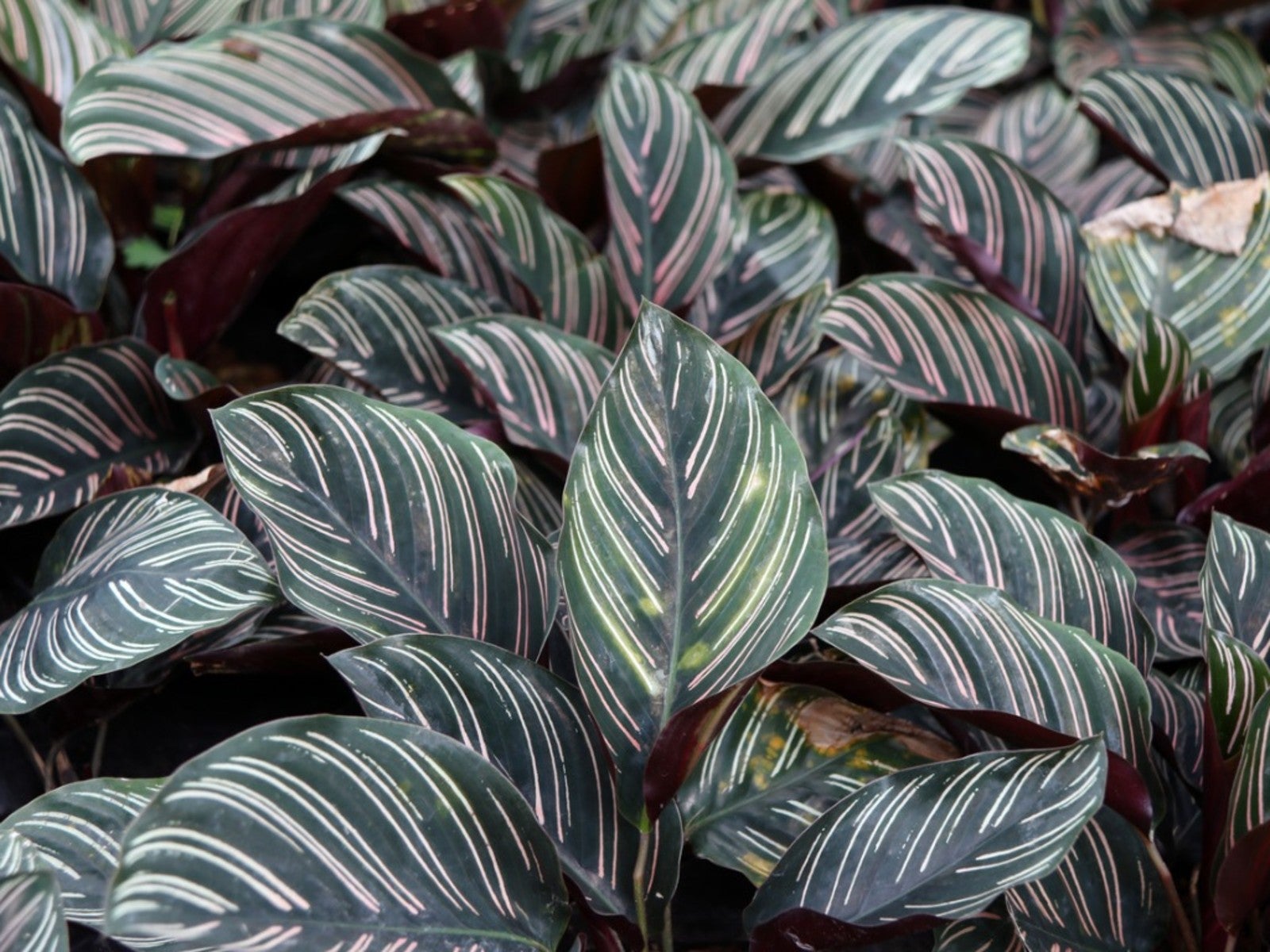 Varieties Of Calathea – Learn About Different Calathea Plants
Varieties Of Calathea – Learn About Different Calathea PlantsThere are many types of Calathea that come in a beautiful array of showy foliage. In fact, there are nearly 300 different cultivars, but only a small number are readily available. Read on to learn about them.
By Raffaele Di Lallo
-
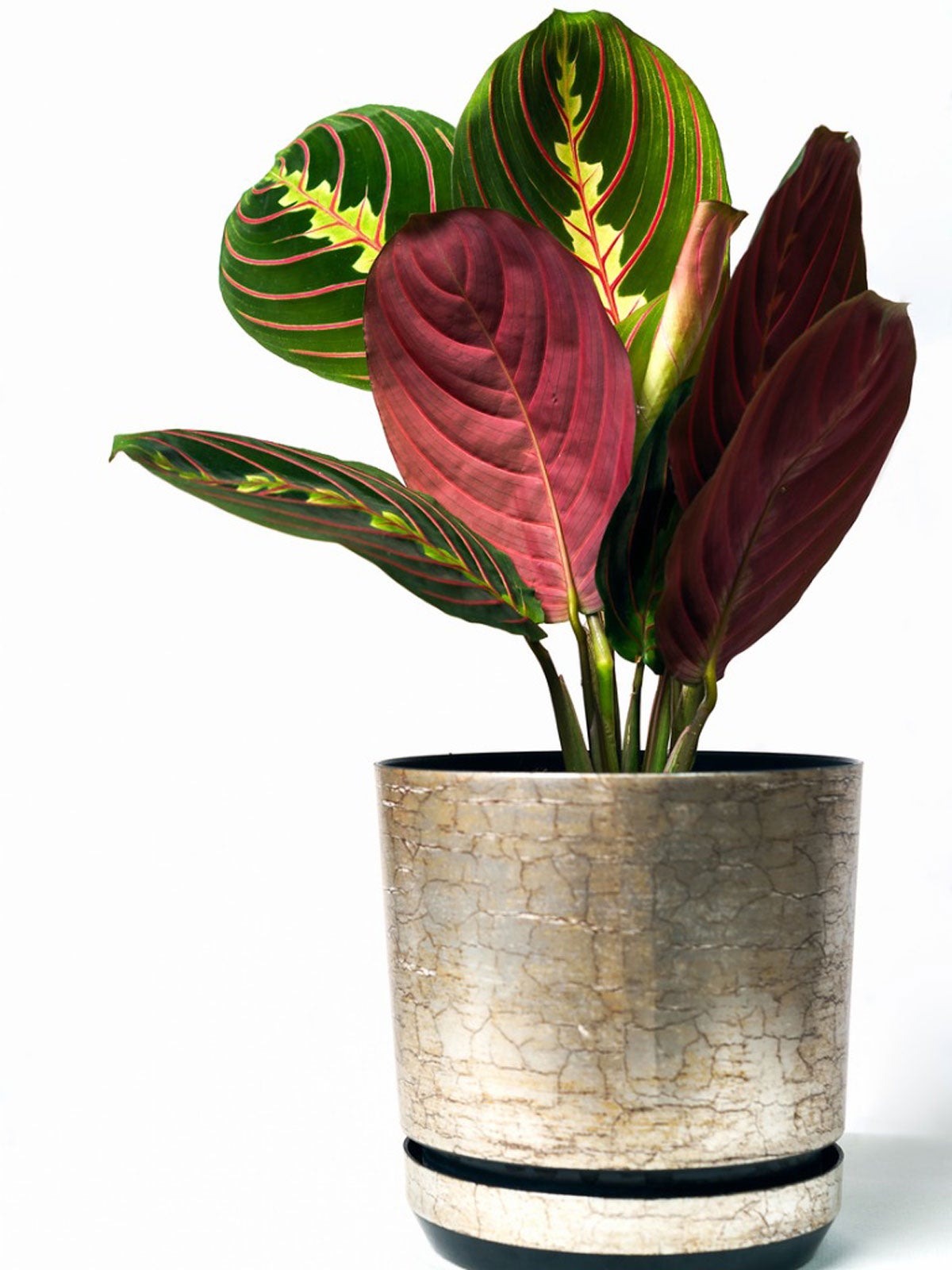 Winterizing Calatheas: Tips For Calathea Care In Winter
Winterizing Calatheas: Tips For Calathea Care In WinterCalatheas are tropical plants and commonly grown indoors. Click here to learn about winterizing calatheas and their care in winter.
By Mary H. Dyer
-
 Calathea Propagation Methods: How To Propagate Calathea Plants
Calathea Propagation Methods: How To Propagate Calathea PlantsGrown for its attractive foliage, the calathea is a favorite houseplant. Click here for info on the propagation of calathea plants.
By Becca Badgett
-
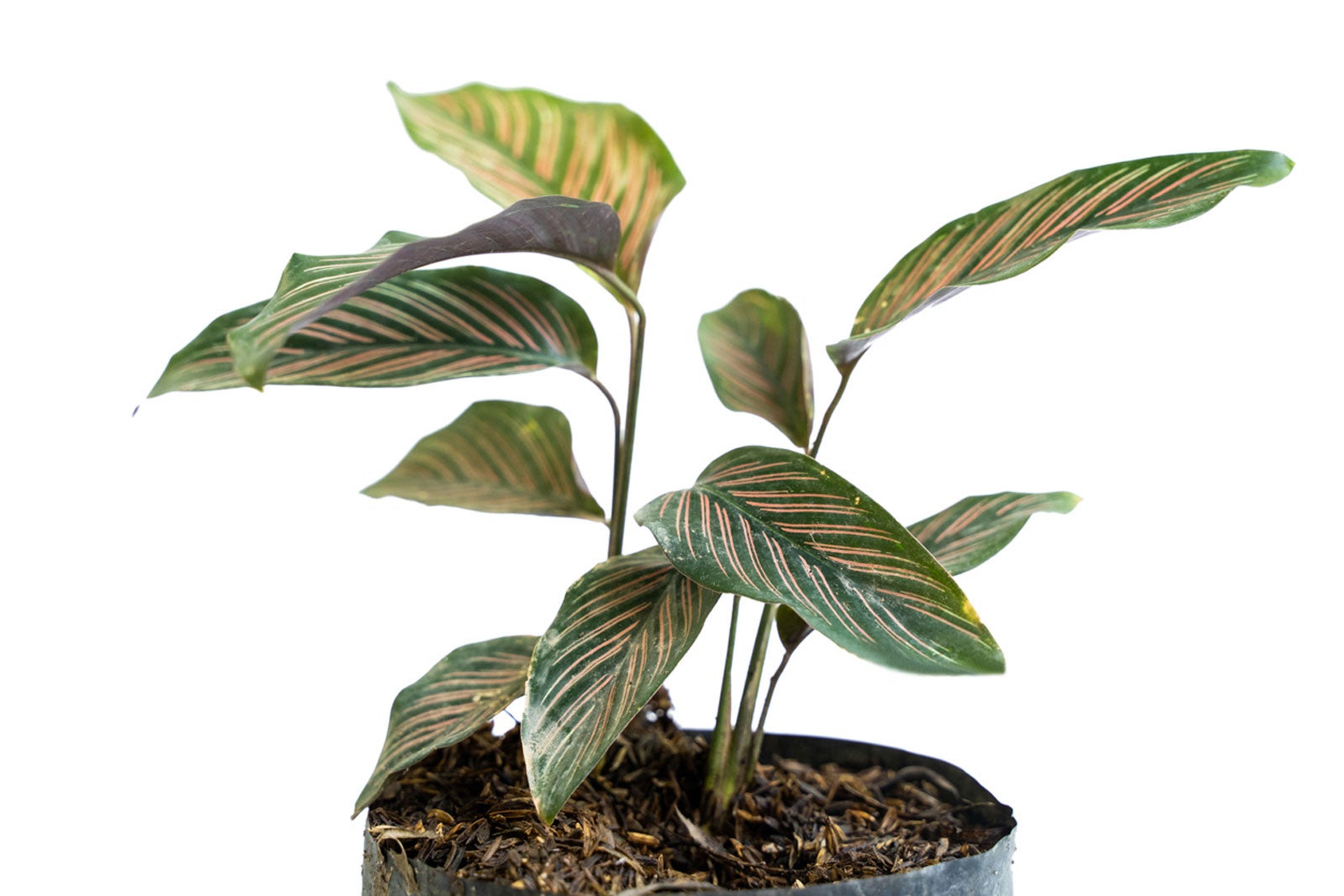 Indoor Pinstripe Plant Info: Growing A Pinstripe Houseplant
Indoor Pinstripe Plant Info: Growing A Pinstripe HouseplantCalathea ornata, or the pinstripe houseplant, is a striking plant with beautifully veined leaves that can make a striking statement in your home. Like any Calathea, houseplant care can be tricky and extra effort is needed for them to look their best indoors. Learn more here.
By Raffaele Di Lallo
-
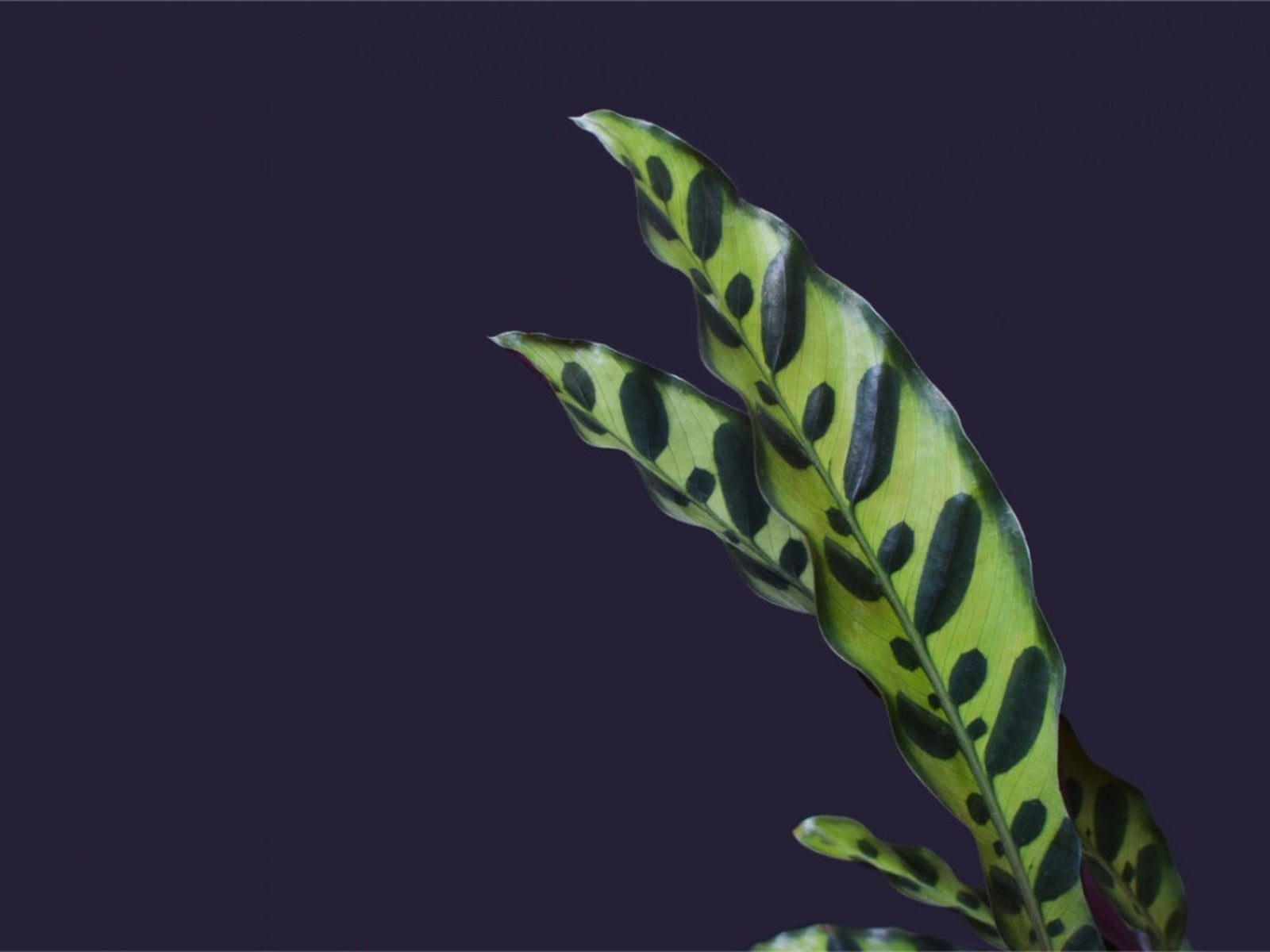 Rattlesnake Plant Care: How To Grow Rattlesnake Houseplants
Rattlesnake Plant Care: How To Grow Rattlesnake HouseplantsThe rattlesnake plant is a decorative perennial with strappy, spotted leaves and deep purple undersides. Click to learn more.
By Mary H. Dyer
-
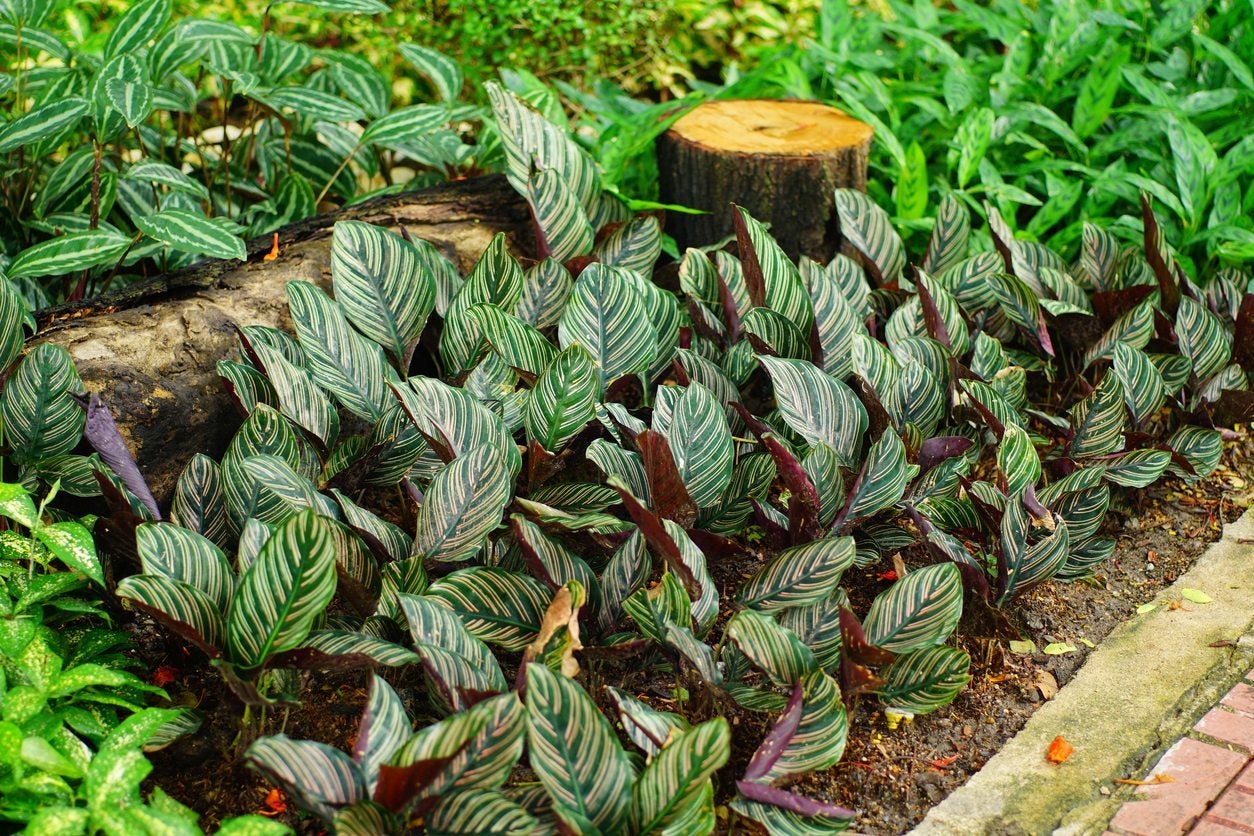 Calathea Care In Gardens: Tips For Growing Calathea Plants Outside
Calathea Care In Gardens: Tips For Growing Calathea Plants OutsideWill Calathea grow outdoors? It depends on your climate because Calathea is a tropical plant. If you?re fortunate to live in a warm, humid climate in USDA plant hardiness zone 8 or above, you can certainly try growing calathea plants in your garden. Click here for more info.
By Mary H. Dyer
-
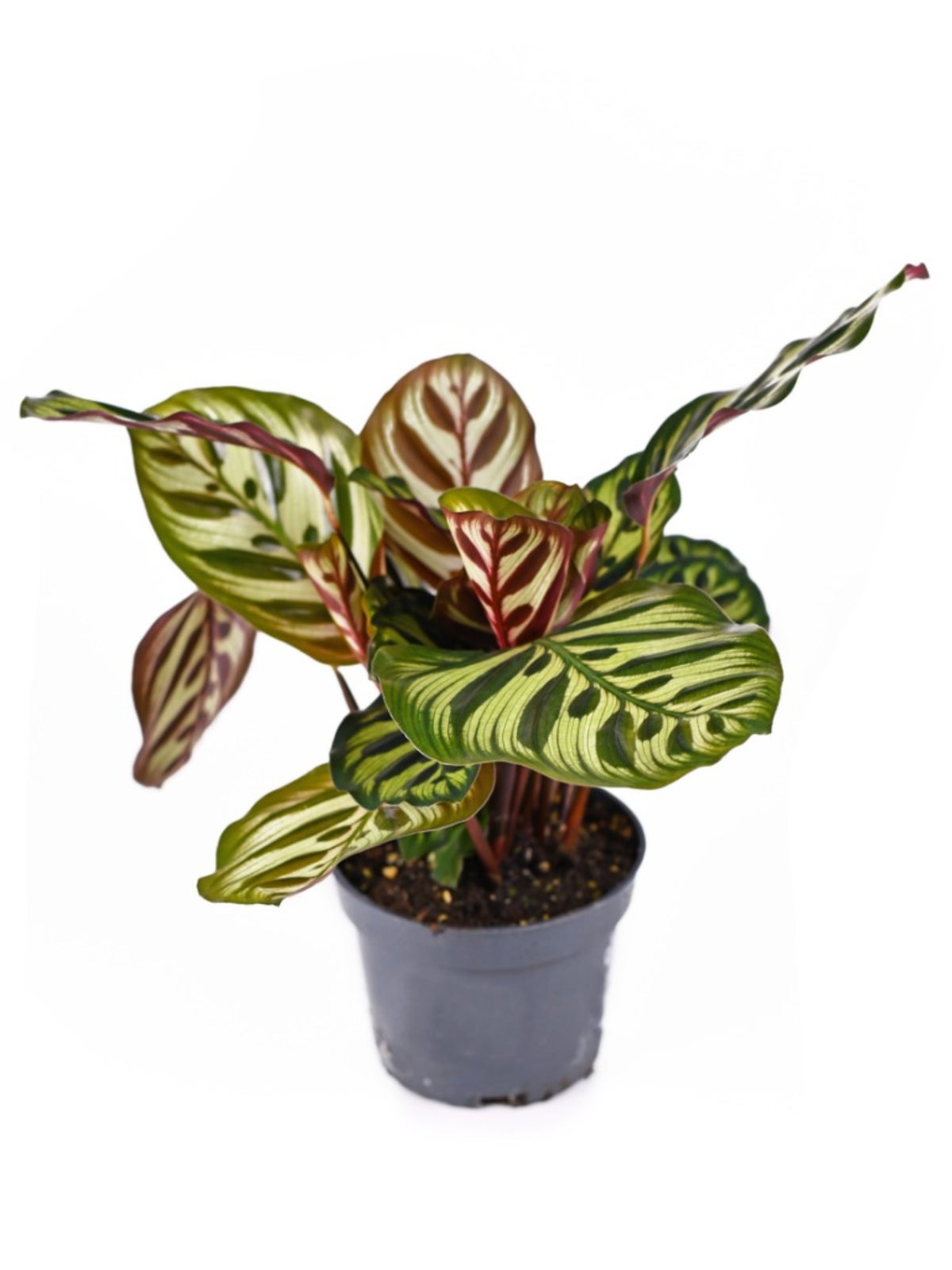 About The Calathea Peacock Plant: Information On How To Grow A Peacock Plant
About The Calathea Peacock Plant: Information On How To Grow A Peacock PlantPeacock houseplants are often found as part of indoor collections. Taking care of Calathea peacock and creating conditions in which it will flourish is not difficult when following the simple tips in this article.
By Becca Badgett